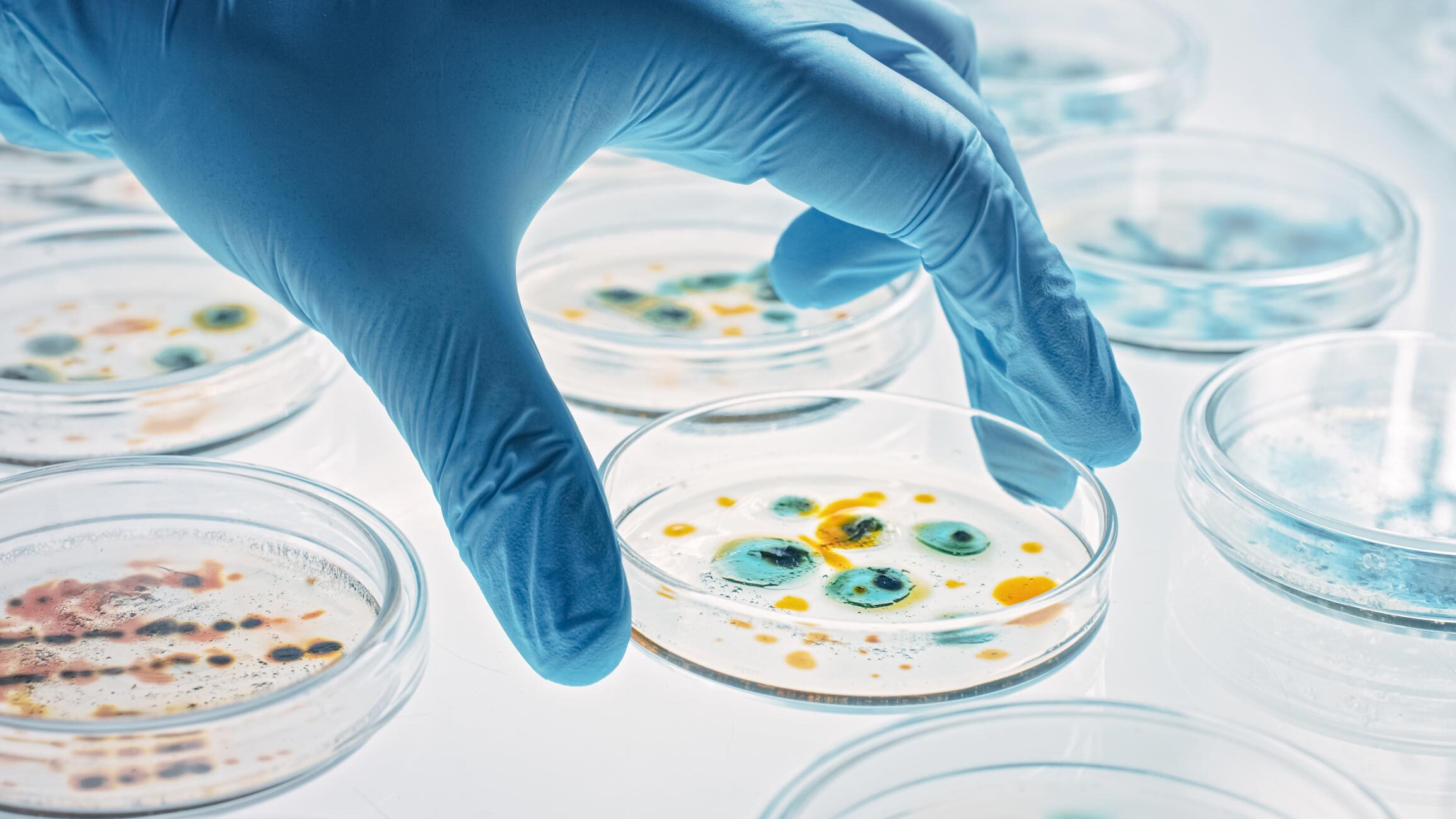
Effects of chronic prometryn exposure on antioxidative status, intestinal morphology, and microbiota in sea cucumber (Apostichopus japonicus)
DESCRIPTION
Prometryn is an occasional triazine herbicide used in aquaculture to kill algae. However, deposition of prometryn at the bottom of the pond poses a potential threat to aquatic animals, especially benthos, such as the sea cucumber.
This study investigated the toxic effects of prometryn oral exposure on antioxidants, and the intestinal histomorphology and microbiome of sea cucumbers.
Results showed that the accumulation of prometryn in the intestine, respiratory tree, and body wall decreased sequentially under the same level. Severe pathological damages were observed in the intestines of sea cucumbers fed with 0.080 and 1.595 g/kg prometryn (measured concentration).
Moreover, hydrogen peroxide (H2O2) and malondialdehyde (MDA) concentrations were significantly increased in prometryn treatment groups compared to the control group (P < 0.05), while the catalase (CAT) activity was significantly decreased (P < 0.05) in the coelomic fluid of treatment groups.
At the phylum level, the abundance of Proteobacteria was significantly higher in the 0.080 g/kg treatment group than in the control group. In addition, prometryn exposure reduced the diversity of intestinal microflora in sea cucumbers.
In conclusion, these results suggest that prometryn has potential toxicity to sea cucumber. Therefore, the harm of prometryn deposited in the sediment to aquatic animals must be a concern in aquaculture.